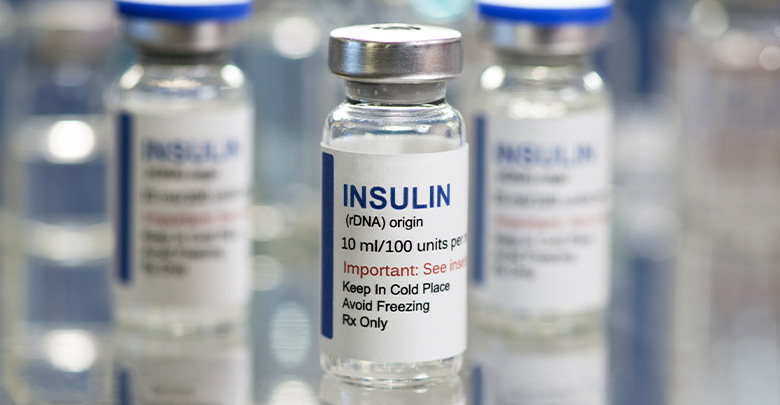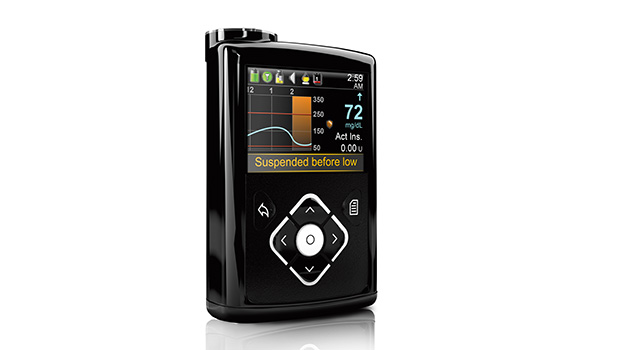Insulin’s Role in Vascular Damage
Insulin may increase cardiovascular disease rates despite good glycemic control but this finding may have also uncovered a possible treatment

Cardiovascular disease is the number one killer of people living with long term type 1 diabetes.
- This remains true despite huge advancements in blood sugar management technology, more effective insulins, and an increased focus on heart health.
- The risk of developing heart disease remains high regardless of the individual’s glycemic control.
Why does the vascular system of diabetics continue to experience damage even after near-normal blood sugar control has been reached?
Researchers in Europe may have found some answers.
While their initial conclusions are troubling, their research also found a potential treatment for insulin-related vascular damage.
How Insulin Treatment Leads to Vascular Destruction
High blood sugars cause a number of problems in the body.
They can negatively affect your kidneys, your nervous system, your eyes, your skin, and your heart.
But focused glycemic control has the power to reverse much of this damage.
With one exception.
For years, research has shown that cardiovascular damage and the risk of heart disease remains high even after a person living with diabetes achieves strict blood sugar control.
There have been many theories on why this correlation exists, but until now there hasn’t been a lot of hard data on the subject.
A recent paper published in Science Transitional Medicine by researchers from the UK, Greece, and Germany has found that insulin resistance in the vascular system of humans can exist independently of systemic insulin resistance and hyperglycemia, and appears to be aggravated by the use of exogenous insulin.
This explains why even in an otherwise healthy diabetic with good blood sugar control, insulin treatment may cause insulin resistance in the cells of the vascular system. And this insulin resistance can lead to vascular damage over time.
Under normal conditions, insulin acts as an antioxidant to the endothelial layer of the vascular system and exerts vasoprotective actions that help lower blood pressure and support heart health. But when insulin resistance is present in these cells, the protective effects of insulin are reduced.
It appears that treatment with insulin is actually driving this process of vascular insulin resistance.
- For type 1 diabetics who require higher insulin amounts
- For type 2 diabetics on aggressive insulin treatment
- Whether treating with human insulin or insulin analogs
The Catch-22 of Insulin Use
With regard to the treatment of type 2 diabetes, this research could have a profound effect on how and when insulin treatment is used.
But people with type 1 diabetes, who rely on exogenous insulin to survive, the path forward is less clear.
Without insulin, a person living with T1D would see their blood sugars climb into a dangerous hyperglycemic range within a matter of hours.
The effect of elevated blood sugars on the heart and vascular system is well known. Not only does hyperglycemia cause hardening of the vessels and increased blood pressure, but it can also damage the nerves that control the heart leading to an increased risk of a heart attack.
But we now know that the use of insulin to keep blood sugars within a normal range appears to be damaging to the heart and vascular system in its own way.
The increased oxidative stress that the cells of the vascular system experience when insulin sensitivity drops due to aggressive insulin treatment can also lead to an increased risk of stroke and heart attack.
Luckily, this greater understanding of how insulin use plays into cellular damage and insulin resistance in this particular system also led these researchers to a potential treatment for insulin-related vascular damage.
Potential Treatment for Diabetic Cardiovascular Disease
By conducting ex vivo experiments with human vessels, the researchers found that treatment with dipeptidyl peptidase 4 inhibitor (DPP-4) had the power not only to increase insulin sensitivity in vascular cells but also reduced vascular oxidative stress and improved endothelial function.
DPP-4 inhibitors are a class of prescription medicines that are used with diet and exercise to control high blood sugar in adults with type 2 diabetes. Medicines in the DPP-4 inhibitor class include sitagliptin, saxagliptin, linagliptin, and alogliptin.
Source: FDA Website
Combining exogenous insulin and DPP-4 may prevent the vascular damage caused by aggressive, long-term insulin treatment, thereby reducing the risk of cardiovascular disease in diabetics with tight blood sugar control.
While the original report focused on type 2 diabetics undergoing insulin treatment, there is no reason to believe that this type of combination therapy wouldn’t have similar positive effects on those suffering from type 1.
As of now, the use of DPP-4 in combination with insulin therapy to prevent vascular damage is still completely theoretical. While this drug is currently prescribed to help control blood sugar in some type 2 diabetics, its effect on vascular oxidation in type 1 patients requires further study.
The researchers behind this study are pushing for randomized clinical trials to explore the effects of DPP-4 on cardiovascular outcomes in patients with atherosclerosis and diabetes.
- The initial focus of these trials would be patients with preexisting vascular damage
- Positive results would surely lead to further research into using some combination approach to prevent insulin-related vascular damage from occurring in the first place







